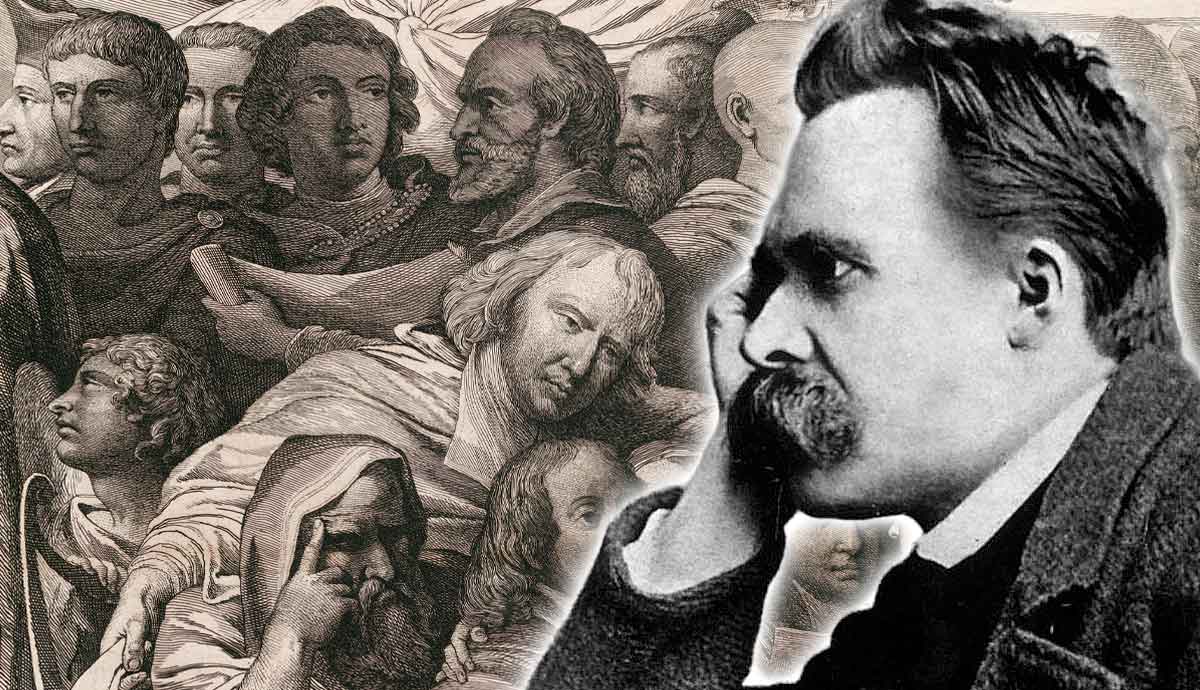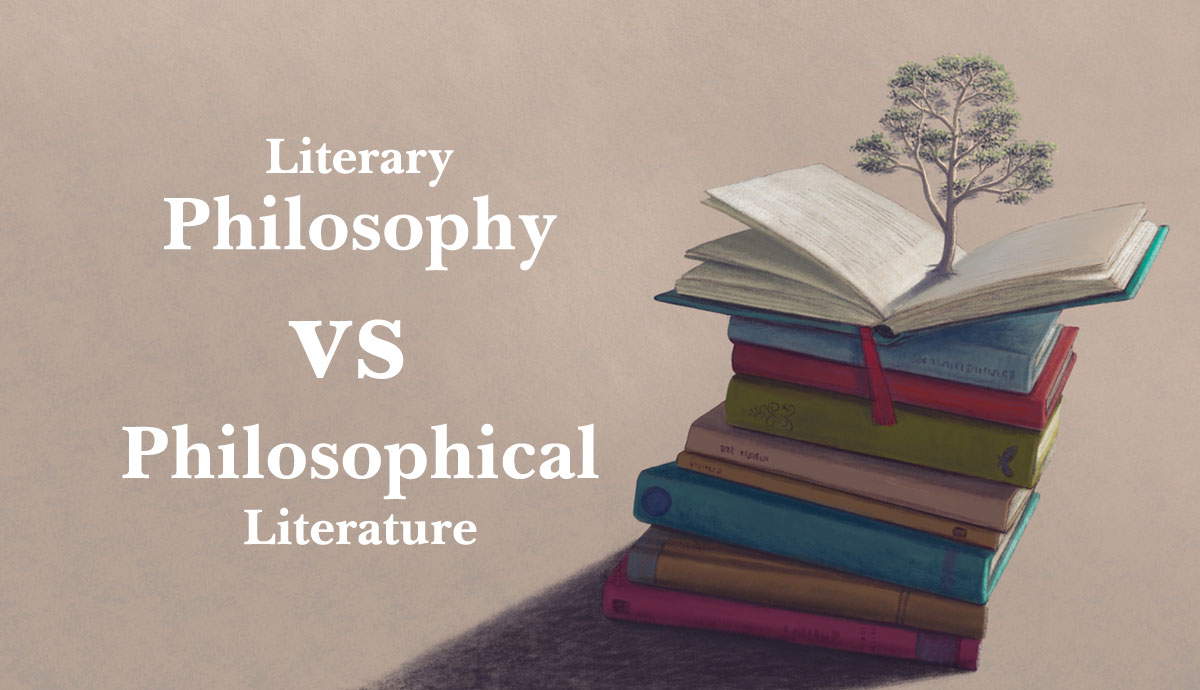
In our rapidly changing world, the meaning of identity is changing. All it takes is a single click to let people know what you’re thinking, feeling, and doing. Because of social media, artificial intelligence (AI), and the fact that different countries are more connected than ever, things that used to be private have become public. But does being constantly online mean we are still ourselves? Or do we turn into versions of us that we think other people will like?
The Socially Constructed Self in a Digital World

Who we are is not simply our own thoughts but rather a reflection of what we see in those around us. Philosopher George Herbert Mead proposed the theory of the “looking-glass self.” Our identity forms via interactions and others’ perceptions—a concept that has gone into overdrive in the digital age.
Social media platforms now work as endless mirrors. They show us how other people see things and can magnify some traits, likes, and behaviors with algorithms. An example? You could take Instagram.
Here, someone might create an account that suggests they are confident and adventurous: pictures from fabulous holidays or nights out, grinning broadly at the camera. Offline, however, life could be very different—racked with anxiety and loneliness.
This difference creates what philosophers have called a “fragmented self”: a sense of tension between their real-world and online identities.
Digital platforms further strengthen external feedback loops. Whenever we get likes, shares, or comments, we evaluate whether the picture of ourselves we’re posting holds up. This can boost our confidence but also make us worry about being “real.” Are we living for ourselves or for other people?
Hyperconnectivity shakes our sense of self to its core. We are constantly having to bring different versions of ourselves together. If there are many mirrors, which one shows who we really are? Do we even know what real is anymore?
Individualism vs. Collectivism: A Balancing Act

Does the individual shape their destiny, or does the group you belong to shape you? Western philosophers put freedom at the core of selfhood for centuries—from John Locke’s defense of personal liberty to Nietzsche’s celebration of the “sovereign individual.”
By contrast, the Eastern strains of Confucianism and Taoism have emphasized duty, harmony, and being indistinguishable from something greater. However, in the modern, interconnected world, such boundaries are relaxing.
Take social media, for example. People can have their own say and fit within global movements. Sometimes, one person saying something will set off worldwide campaigns, proving that it’s possible to be both faces—an individual and part of a collective. #MeToo was a very good example of this dual role.
We are asked to inquire about hyperconnectivity. In a world where algorithms steer us towards echo chambers, do we risk losing our individuality? Or might we be molding a hybrid identity that cherishes personal expression and taps into a collective global consciousness?
Some philosophers argue that we are in the midst of a transformation. Thanks to being more interconnected than ever, society has new means to even things out. It can create areas that foster both collectivity and individuality.
Now, the task is to maintain this balance in such spaces so that everyone can use them well, especially without losing their ability to connect with others or their sense of what’s beautiful about human beings together.
The Posthuman Perspective: Self Beyond Biology

In a world where technology blurs our bodies and brains, what does it mean to be human? Posthumanism suggests that our selves are not fixed but malleable—and always bound up with machines.
For example, Donna Haraway’s 1985 essay “A Cyborg Manifesto” envisions an existence in which people no longer consider themselves entirely organic. Such ideas may seem purely theoretical, but things are changing swiftly thanks to today’s digital interconnectedness.
Concepts like Elon Musk’s Neuralink aim to fuse AI with human consciousness so effectively that they could become one and the same (“cyborg selves”)—able to process information faster than ever before and “connect” in totally new ways.
Virtual reality takes this further. Its environments offer experiences in which identity need not be related to one’s physical body.
The only trouble is that such progress raises deep ethical questions. If we can upload our brains to a computer and live forever digitally, does that mean we lose what it means to be human? What is our identity if it is no longer dependent on our bodies?
Jean-Paul Sartre would beg to differ. For the existentialist philosopher, selves exist only insofar as they make free choices for which they feel responsible—which might be difficult to simulate if you are a posthuman software program.
As we grapple deeper with an age in which technology dictates life, a continuing reinvention of self is at work. But whether it will be for the betterment or the detriment of humanity remains to be seen, a question whose implications are so profound that they go right to our core beings.
Existentialism and the Self in a Hyperconnected Era

In an ultra-connected world, how can we truly be free? Existentialist philosophers Jean-Paul Sartre and Martin Heidegger believed the answer is clear: only through freedom can individuals define themselves.
Sartre summed up this view by saying, “Man is condemned to be free.” He believed people must accept responsibility for making life meaningful.
Heidegger also thought that humans needed to take care of letting others decide what they should do. If not, then there would be a risk of “falling” into behaving as if one were not really an individual.
Today, hyperconnectivity (being super connected) raises lots of questions but also provides new ways to think about them because digital technology links billions of us together every second.
Being super interconnected raises some deep questions about our existence. On the one hand, technology gives us more freedom: we can change who we are to our friends, how we work, or even our very selves whenever we want.
However, it also makes it easy for other people (via social media) to judge whether what we do is cool, which can threaten this freedom.
Some philosophers would say that to be really free, you can’t care about this approval from others, or else you end up trapped by their opinions.
In a world with lots of links (virtual or otherwise), you have to work hard all the time if you want to stay “true to yourself.” Don’t just take on board stuff that makes life easier but less authentic.
The Fragmented Self: Psychological Impacts of Hyperconnectivity

How can we maintain a strong sense of who we are when so many digital distractions vie for our attention every second? Some psychological theories suggest that we must have a stable identity formed through similar experiences.
But this is exactly what our current technology doesn’t allow to happen. In fact, being online all the time might stop us from ever developing a cohesive sense of self.
Think about what happens when you try to watch TV while scrolling through social media and messaging friends. Each of these activities forces you to be slightly different versions of yourself. It’s almost as if your brain’s split into bits, each thinking about something else simultaneously.
As time passes, constantly switching between digital and real-world personas can make people feel as if their core self is somehow lacking: an insight chillingly extended by the media theorist Marshall McLuhan’s aphorism “The medium is the message.” Our devices for being in touch might also alienate us.
Nor is the psychological toll hard to see. Research has associated heavy internet use with loneliness, anxiety, and feeling unable to be oneself in any one place.
If such findings were compounded over decades, worries have been raised about whether coherent identities can still be formed. Are we losing the plot when it comes to knowing who we are beyond seeking digital affirmation?
Hyperconnectivity requires some equilibrium. Enhancing relationships through technology is all very well. But not if the end result leaves users so fragmented that they struggle to switch off and tune into a deeper, more unified (offline) self amid all that social noise.
A New Paradigm: The Evolving Concept of Selfhood

But what if hyperconnectivity isn’t causing us to break up into pieces but is actually changing our very nature—making us more dynamic and connected? In his work, the philosopher Manuel Castells discusses a phenomenon he calls “networked individualism”: how new technology allows us to be ourselves while part of a global network.
Virtual worlds and social media have no borders. This allows people from different parts of the world to easily meet, hang out, and even fall in love, even though they come from different cultures or hold beliefs that oppose one another.
Buddhist philosophy sheds some light on these suggestions. The religion’s thinkers teach us that we have no individual self. Perhaps you think of yourself as one fixed thing, but in reality, you’re really changing because of your relationships with other things and what happens to you.
Picture an artist from Paris teaming up with a programmer from Tokyo on a digital endeavor. Both bring distinct skills to the project, creating something bigger than themselves. This is the potential of hyper-connected selfhood: combining originality and shared creativity.
But there’s a catch: how can we stay real while being so fluid? Instead of seeing it as losing yourself, maybe think about an upgrade. Embrace change as a chance to make new meanings out of our lives, ones that couldn’t exist without all this communication.
So, What Is the Future of the Self in a Hyperconnected World?

The future of the self in a hyperconnected world is both an opportunity and a challenge. As technology infiltrates every aspect of life, traditional notions of identity are shifting. While hyperconnectivity magnifies external influences, leading to curated personas and fragmented selves, it also allows unprecedented freedom to present oneself to the world.
Far from being fixed, philosophical concepts of self—from Sartre’s idea of “authenticity” and Buddhist beliefs about ever-changing identities to posthumanist thoughts on cyborgs—suggest that they constantly transform.
This ongoing transformation prompts profound questions: amid a hall of mirrors telling us we’re good enough, do we remain true? And might individualism blend with collectivism via technology bridges, yielding a hybrid self?
The answer may lie in equilibrium, using hyperconnectivity not to undermine but to strengthen who we are. There’s no question of jettisoning identity—it’s more about reimagining it. In an always-on age, the self becomes fluid—a flexible structure ready to adapt and succeed amid endless possibilities.










